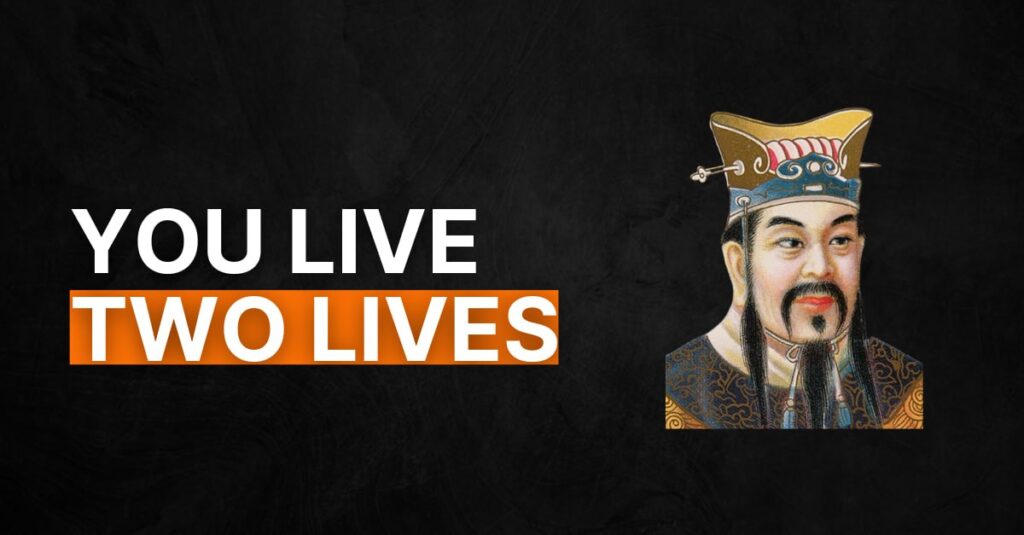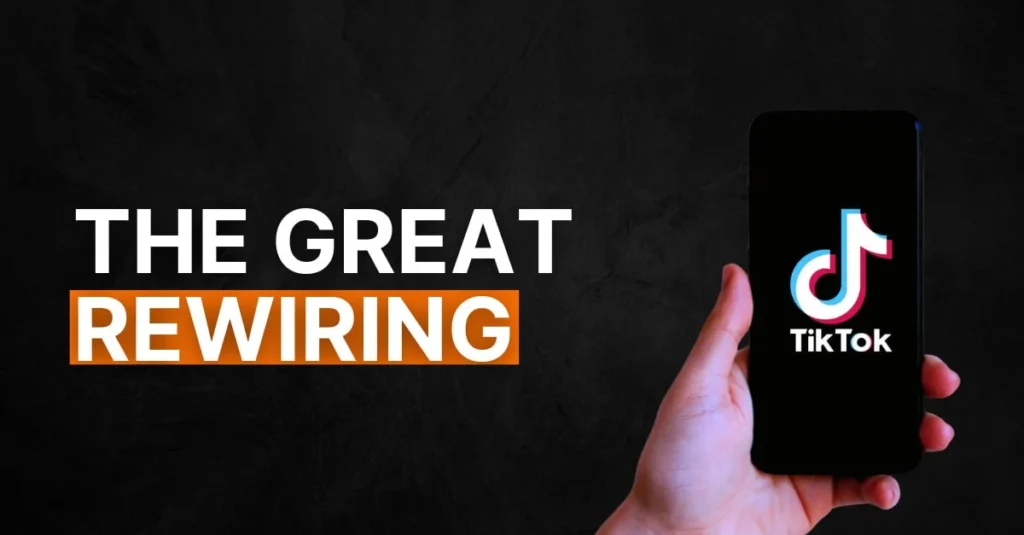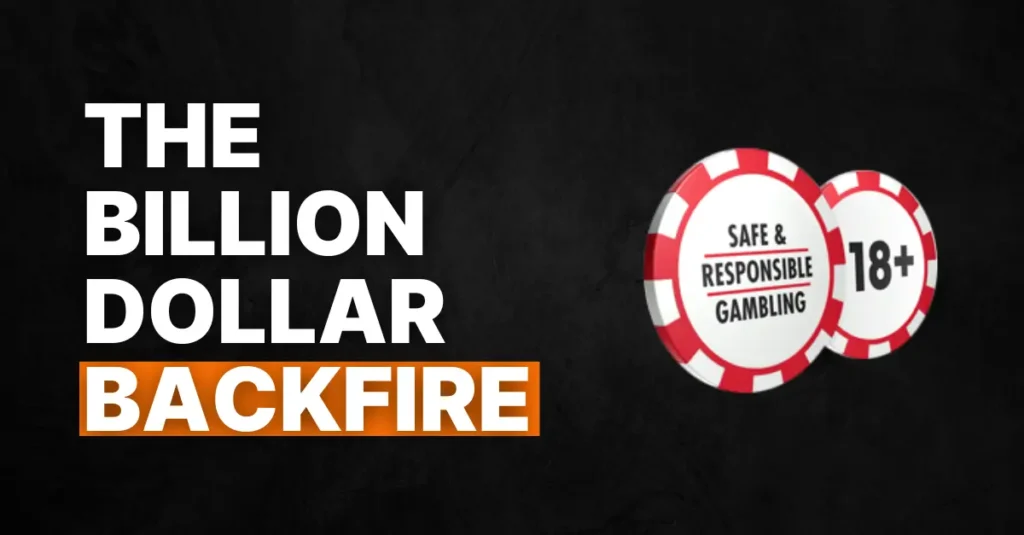They stripped out the house edge. Slashed margins from 4-7% down to 1-2%. Introduced continuous trading that exposes users to liquidation risk. Removed the entertainment angle entirely and replaced it with… financial accountability?
And then they exploded.
$11-12 billion in trading volume in 2024. Polymarket valued at $9 billion. Kalshi at $5 billion. Active traders on Polymarket grew 7,762% in a single year: from 4,000 to 314,500.
The lesson here isn’t about prediction markets specifically. It’s about understanding what business you’re actually in. Because prediction markets didn’t succeed by being better at betting. They succeeded by not being betting at all.
How Removing the House Built Something More Valuable
Here’s what nobody expected: the screenshot became the killer feature.
A16z figured this out first. They called it “the prediction path screenshot as a new meme format.” Sounds abstract until you see how it works. A probability graph compresses an entire multi-week narrative (the collapse, the comeback, the shock twist) into a single shareable image.
Biden’s debate performance? The graph told the story before the pundits did. Trump assassination attempt? Odds shifted in real-time and the screenshots went viral at the exact moment people needed to process what just happened. Taylor Swift and Travis Kelce engagement speculation? The contract exploded on August 26th when the announcement hit, odds spiked, liquidity flooded in, and the screenshots dominated social feeds.
This is fundamentally different from traditional betting. You place a bet, you wait, you win or lose. Two touchpoints. Maybe you share a winning bet slip if you hit big, but that’s post-facto bragging.
Prediction markets give you continuous narrative. The graph updates constantly. Every major news event triggers a visible market reaction. Social media posters became unpaid promoters, sharing screenshots at topical moments and driving liquidity spikes. The virality wasn’t manufactured through marketing. It emerged from the product design itself.
Volume grew 42x from early June to election week 2024. The election drove $3.7 billion in total wagers, with over $3 billion on Polymarket’s presidential market alone. But here’s the thing, it didn’t collapse post-election like everyone predicted. Sports betting now represents 75% of Kalshi’s activity. March Madness generated $513 million. NBA Playoffs hit $453 million.
The product found product-market fit because it solved a different problem than traditional sportsbooks.
Traditional betting is entertainment. You’re paying for the thrill, the sweat, the drama. The house edge is the price of admission.
Prediction markets are information markets. Users aren’t gambling for kicks, they’re trading on their beliefs about reality. The positioning matters: “paid to be right, not righteous.” This attracts a completely different cohort. Crypto-native, tech-savvy people who see themselves as analysts, not gamblers. They want accountability.
And the 2024 election proved the model works. While polls showed a 50-50 race, Polymarket consistently priced Trump at 58-60%. The markets called it hours before media outlets. When Biden had a bad debate performance, the odds shifted instantly. Traditional polls needed 3-7 days to capture the same information.
Why? Because when real money is at stake, people reveal their actual beliefs, not their hopeful opinions. Harvard research shows that prediction markets with 18+ participants significantly outperform expert forecasters. The wisdom of crowds works, but only when the crowd has financial skin in the game.
The psychological appeal is fundamentally different from sportsbooks. You’re not betting against the house. You’re trading with peers. You can enter and exit positions anytime. It feels like stock trading, not gambling. The intellectual positioning gives it legitimacy that pure entertainment betting struggles to achieve.
This isn’t a replacement for traditional betting. It’s an expansion of the total addressable market.
The Geographic Reality: Where Information Markets Thrive and Die
Now let’s talk about where this actually works. Because the regulatory landscape reveals something crucial about what prediction markets actually are.
In the US, Kalshi has CFTC approval giving them 50-state access. They’re processing over $500 million in weekly volume and captured 62% of global market share by September 2025. Their annualized trading volume hit $50 billion, up from $300 million just two years earlier.
But state-level battles are intensifying. Massachusetts sued Kalshi in September 2025, calling it “unlicensed sports betting disguised as event contracts.” Sports-related markets made up over $1 billion in wagers during the first half of 2025 — that’s 75% of Kalshi’s activity. Thirty-four state attorneys general are arguing that federal jurisdiction doesn’t preempt state gambling laws.
Everyone expects Supreme Court resolution by 2027-2028. Until then, it’s a legal gray zone.
Europe is moving cautiously. The UK, Germany, and Switzerland are leading adoption, but the MiCA framework rolling out in 2025 imposes stringent licensing and transparency requirements. Polymarket blocks EU users entirely. France, Poland, UK all geo-restricted. Robinhood is targeting UK and European expansion, betting that familiarity with Betfair Exchange will smooth adoption. But regulatory clarity remains the decisive hurdle.
Asia? Virtually nonexistent.
China maintains outright bans. Taiwan arrested 17 people for using prediction markets on their elections. No major Asian market permits these platforms. Kalshi announced expansion to 140+ countries and mentioned India and China in their “strategy,” but it’s unclear how that works when both markets restrict or ban the product entirely.
The geographic fragmentation isn’t just a regulatory annoyance. It reveals what prediction markets actually are, and why they’re difficult to categorise.
Gambling regulators see betting. Financial regulators see information markets and derivatives. The tension between these two framings is the entire ball game. In the early days, the legal ambiguity WAS the product-market fit. Offshore crypto platforms could operate in grey zones and grow fast.
Now the market is maturing. Platforms are forced to choose: become regulated financial exchanges or stay unregulated offshore. Polymarket’s $2 billion investment from ICE (the owner of the New York Stock Exchange) despite being banned in the US tells you where the smart money thinks this is going.
It’s not about betting. It’s about data.
What This Means for Betting’s Future
The prediction markets sector is projected to hit $95.5 billion by 2035. A 46.8% CAGR from $1.4 billion in 2024. That could represent 5% of total iGaming by 2029.
For context, DraftKings and FanDuel control 85% of the $30 billion US sports betting market. They’re watching Kalshi and Polymarket process billions in volume with a completely different business model. The strategic question isn’t whether to add prediction markets. It’s whether to lead this transformation or get disrupted by it.
The economics are challenging. Zero house risk because platforms just facilitate matching. That’s fundamentally different from taking bets against players. Margins are 1-2% instead of 4-7%. You need velocity trading to make the unit economics work. It’s not for every operator.
But the engagement is higher. Users check 5-10 times daily versus 1-2 times for sportsbooks. The “intellectual” positioning escapes pure gambling stigma. And the B2B opportunity might be bigger than the consumer business.
Bloomberg Terminal has integrated prediction market data. Hedge funds and corporations use it for risk management and alternative data. This revenue stream, potentially $50-100 million for market leaders, diversifies beyond transaction fees. ICE didn’t invest $2 billion in Polymarket for the transaction fees. They invested for the real-time sentiment data.
Information markets create information products.
Here’s the strategic insight traditional operators need to internalise: prediction markets didn’t grow because they advertised well. They grew because the product design itself was shareable. Screenshots became memes organically. The virality emerged from the product, not the marketing.
The question you should be asking isn’t “should we add prediction markets to our product suite?”
The question is: “What does the success of prediction markets reveal about what some users actually want?”
They want accountability. Continuous engagement. Intellectual positioning. They want to be right, not just entertained.
Prediction markets succeeded by accident. By removing the house, they removed the conflict of interest. By focusing on information accuracy instead of entertainment value, they attracted a different user base entirely. By making the probability graphs the core product, they made shareability inherent.
The future of betting might not be about betting at all. It might be about information markets that happen to involve real money. For operators, that requires reimagining what business you’re in.
Because sometimes the most profitable move is stripping away everything that makes you profitable, and building something completely different.



